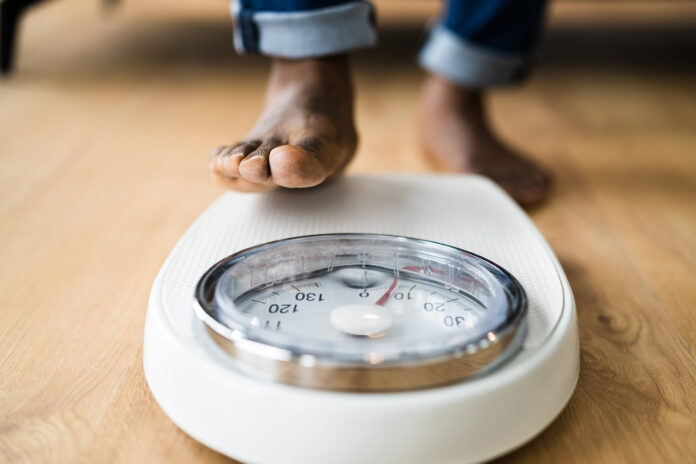USING BMI AS A HEALTH TOOL
Developed over a century ago, Body mass index (BMI) is an estimate of body fat based on height and weight. It doesn’t measure body fat directly, but instead uses an equation to make an approximation. However, BMI can help determine whether a person is at an unhealthy or healthy weight.
Often, a high BMI can be a sign of too much fat on the body, while a low BMI can be a sign of too little fat on the body. The higher a person’s BMI, the greater their chances of developing certain serious conditions, such as heart disease, high blood pressure, and diabetes. A very low BMI can also cause health problems, including bone loss, decreased immune function, and anemia.
While BMI can be useful in screening children and adults for body weight problems, it does have its limits. BMI may overestimate the amount of body fat in athletes and other people with very muscular bodies. It may also underestimate the amount of body fat in older adults and other people who have lost muscle mass.
Adult BMI Calculator
More recently, BMI has been challenged for its discrepancies because it may misclassify rates of overweight and obesity in historically marginalized ethnic populations, particularly Black women.
Given that the BMI was developed based on studies in white populations, its ability to accurately classify overweight and obesity in other populations has been questioned. High BMI bodies have been stigmatized as “diseased bodies” in both scientific literature and media messaging.
Furthermore, those with high BMI bodies have been characterized as lacking willpower. For people and populations that BMI misclassifies as overweight, there can be social and medical consequences.
ALTERNATIVE HEALTH METRICS FOR BLACK WOMEN
Here are two health metrics aside from BMI that may be more accurate for Black women.

WAIST CIRCUMFERENCE
While the BMI is a good predictor of your risk of developing type 2 diabetes, it’s more accurate when combined with waist circumference measures.
Waist circumference measures abdominal adiposity—the excess fat around organs—and is an independent predictor of heart disease and type 2 diabetes risks.
Traditional recommendations indicate that waist circumference should be less than 35 inches (88 cm) in women and less than 40 inches (102 cm) in men.
WAIST-TO-HIP RATIO (WHR)
Another measure of abdominal obesity is the waist-to-hip ratio (WHR), which is a strong predictor of metabolic risk and heart disease.
Combining this measure with the BMI produces strong insights into patterns of body fat storage and health risk.
According to an older report from the World Health Organization, an ideal WHR is less than 0.85 for women, and 0.9 for men.
BMI relates weight to height and is an estimate of body fat and disease risk, although it’s not an accurate measure of body composition.
CONCLUSION
More research is needed to clarify how BMI impacts people of African descent and whether ethnic differences in body structure are clinically significant for disease outcomes.
Even though Black Americans have been shown to have lower body fat percentage and higher muscle masses, BMI may misclassify them as overweight or obese, since it doesn’t take variation in body composition into account.
Plus, studies indicate that structural racism specifically leads to higher BMIs among Black women, potentially making the BMI an unfair metric for this population.
Try this today: In addition to monitoring your BMI, you may want to keep track of your waist circumference and waist-to-hip ratio. And speak with a medical professional for help understanding what your numbers mean for you.






